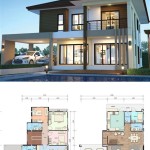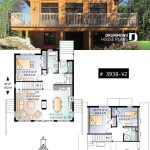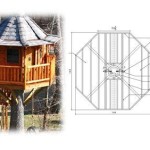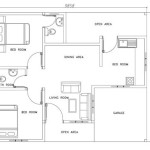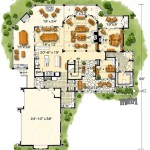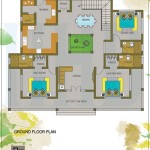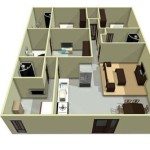Essential Aspects of Solar Passive House Plans Canberra
Solar passive designs harness natural energy to improve the comfort and efficiency of indoor spaces. When planning your Canberra home, consider incorporating these principles to reduce energy consumption and create a more harmonious living environment.
1. Orientation and Window Placement
Proper orientation optimizes sunlight exposure. Position your home to maximize north-facing windows for passive solar gain during winter. Minimize east- or west-facing windows to reduce heat loss and glare.
2. Thermal Mass
Thermal mass absorbs and stores heat from the sun during the day, releasing it overnight. Materials like concrete, brick, or stone are ideal for thermal mass. Incorporate them into floors, walls, and interior surfaces.
3. Insulation and Airtightness
Insulation and airtightness prevent heat loss and ensure a comfortable indoor temperature. Choose high-quality insulation for walls, ceilings, and floors. Seal air leaks around windows, doors, and other openings.
4. Ventilation and Cross-Breeze
Natural ventilation is essential for maintaining fresh air quality. Design your home with cross-ventilation to allow air to circulate. Place windows on opposite sides of rooms or use ceiling fans to enhance airflow.
5. Shading and Overhangs
External shading devices, such as awnings or overhangs, block direct sunlight during summer. They allow sunlight to penetrate during winter, maximizing solar gain. Consider deciduous trees or vines that provide seasonal shading.
6. Passive Solar Heating Systems
Trombe walls and direct gain systems absorb sunlight and store heat for release at night. Trombe walls are sun-facing walls with a thermal mass behind them, while direct gain systems use large south-facing windows to capture solar energy.
7. Renewable Energy Integration
Solar photovoltaic (PV) systems can generate electricity from sunlight, reducing your reliance on the grid. Integrate solar PV panels into your roof or other sun-exposed areas to generate clean energy.
8. Water Conservation
Rainwater harvesting and greywater systems can supplement water supply for toilets, irrigation, and other non-potable uses. By reducing water usage, you conserve resources and minimize wastewater.
9. Green Building Practices
Consider incorporating green building practices, such as using recycled materials, optimizing energy efficiency, and reducing waste during construction. This promotes environmental sustainability and creates a healthier living space.
10. Professional Design
Engaging a qualified architect or designer is crucial for creating an effective solar passive home plan. They can optimize the design to suit your specific site and needs, ensuring long-term comfort and energy savings.
By incorporating these essential aspects into your solar passive house plans Canberra, you can create a comfortable, energy-efficient, and environmentally sustainable home that enhances your quality of life.

Passive Solar Building Design 360 Solutions

Passive Solar Homes Designed By Martin Stoyanov

Canberra Architects To Show Off Solar Passive Designs As Part Of House Day

Building Designs On A Passive House Future Canberra Citynews
Canberra Low Carbon Housing Challenge To Demonstrate How Sustainable And Passive House Designs Can Create A Zero Emissions City Abc News

10 Key Principles For A Solar Light House In The Canberra Climate Architecture Science

Star Ratings Passivhaus Light House Architecture Science

View Topic Banksia House From Yourhome Passive Design Home Renovation Building Forum

Projects Env Design Sustainable Canberra Book A Free Consultation Instantly

Passive House Evan Graham


